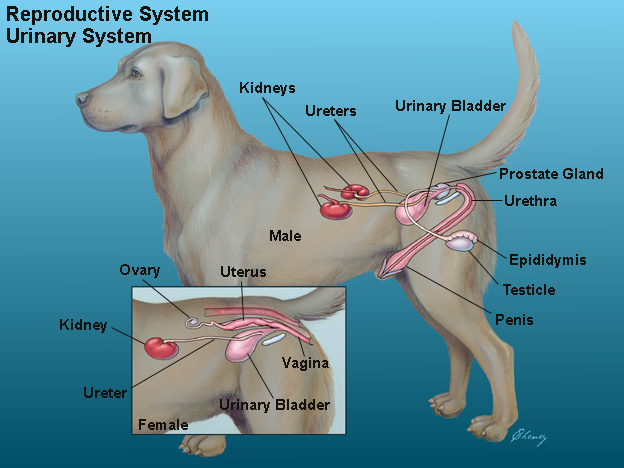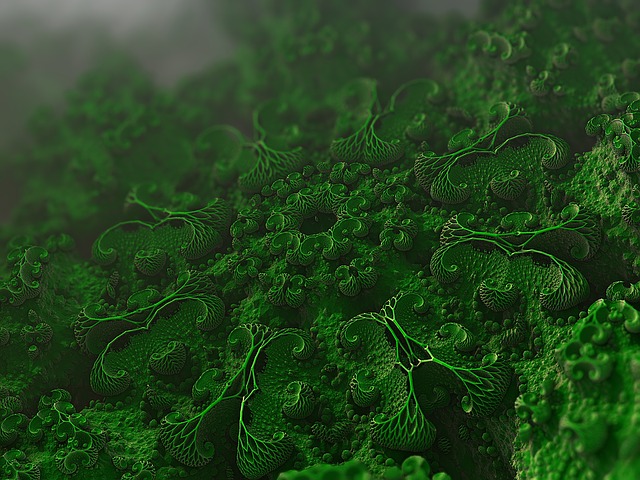The Invisible World: Microbes and Their Crucial Roles in Animal Health
Your body’s mighty kingdom of microbes is invisible to the naked eye. They include the diverse human microbiome, consisting of thousands. Of species and trillions of residents living in all body parts. Despite holding and keeping your health, they have also been unite to countless disorders, including cancer, autoimmune upsets, and cardiovascular issue. As a result, studying the human microbiome is one of the many critical elements of health. Several analyses from stage two of the Human Microbiome Project. Have been poste in Nature with crucial importance for health.
Is anyone there? Surveying the microbiome in humans
It was found by the National Institutes of Health’s (NIH) Common Fund in 2007. The Human Microbiome Project (HMP) would survive for a decade. In the before field stage
the HMP task aimed to galvanize. Study by furnishing a community resource. The goal for the larger research community was to create a toolbox containing. Datasets and analytical and clinical protocols for studying. The microbiome in specific diseases and populations. With samples collected from 300 healthy adult men and women. The project’s first phase compiled a reference dataset of microbes. (Including bacteria, fungi, and viruses) associated with five specific body regions.
The skin, oral cavity, airways, gastrointestinal tract, and urogenital tract. They adapted DNA sequencing technologies to analyze these microbes. Communities developed as part of the Human Genome Project. Often, diseases associated with the human microbiome are not infectious. However their proportion to the human microbiome can be explain. Based on the reference dataset, researchers identified microbially. Health disparities associated with noninfectious diseases. Regardless there is an important caveat to keep in intellect. In response to the development of a disease, a microbial community may change. “Researchers need to find out what leads to disease. Or which changes a microbial community.
Scientists don’t yet know if microbial communities change as diseases develop or if diseases cause microbial communities to change”
Although these earlier HMP analyses took photos of the microbiomes, apprehending how these residents alter over time ought to be decid. The cause-and-effect connections between the microbiome and condition. It is especially important because microbial residents in the human body change over time. And diet, stress, and other environmental factors can impact them. It would be necessary for the researchers to videotape the microbiome and the human body.
Do they do anything? A description of how humans and microbes interact
A second phase of the NIH Common Fund. The Integrative Human Microbiome Project (CMP) was launch in 2014. The microbiome and human host will be analyze for biomolecules like RNA. Proteins and metabolism-relate substances are known as metabolites. The strategies were used to address three ideal needs associate with microbiomes. Preterm birth, incendiary bowel illness (IBD), and prediabetes. We intended to choose which results or set of results would. Be most useful to gain insight into these troubles. Students studied the microbiomes of health. And affected individuals for a long time to better understand each shape. As part of our inventory, we identified all the microbial species that inhabit the human body. As well as interacting with their hosts microbes also interact with one another. Human Microbiome Project director Lita Proctor says, “The microbiome can influence. The host, so we need to capture these time-sensitive interactions.”
Microbiome of the vaginal area and preterm birth
In the world, preterm labor is the greatest reason for neonatal end. There is even a marked divagation in preterm laborers founded on the people. CDC statistics show that in 2016, the early birth rate among. African-American ladies were 14%, reached 9% among white women. An infant’s health is related to a pregnant woman’s vaginal microbiome. The first multi-omic microbiome study of.
The Vaginal Microbiome Consortium: Pregnancy Initiative (MOMS-PI). Evaluated the risk of preterm birth in African-American women. Pregnant women in the study observed 45 preterm births and 90 full-term births. Using microbiome data as well as gene expression protein levels. And metabolite levels, the researchers discovered something unexpected. In one analysis, students reached the expected advance of vaginal microbiomes in ladies giving birth to sudden babies. Preterm birth women (African-American) had lower levels of. Lactobacillus crispatus during the early stages of pregnancy. The microbiome of the vaginal environment is known to be dominated by this key member. These ladies’ vaginal microbiomes are born to a regular. Lactobacillus-dominated shape by the back of the first trimester. In the early days of pregnancy, this microbe disappears. The mother’s vagina. A pregnant woman’s early microbial community. The profile can be used to predict preterm birth risks.
“It is best to study a woman’s microbial community early in pregnancy to predict preterm birth risk”
This study was particularly gratifying and unexpected for us since it suggests. Early detection of preterm birth biomarkers may be possible.” Said Gregory Buck, Ph.D., senior investigator, and Virginia Commonwealth University professor. “Our predictive model is already better than currently used clinical parameters.” Consider the results of other clinical trials with African-American women. This may provide doctors with microbiome-based biological markers. To predict preterm births early in a woman’s pregnancy. Giving them more time and opportunity to intervene.
A loss of specific microbes due to inflammatory bowel disease
“Western diets” include elevated fat, low wool, and regular antibiotics. Use has been seen to vary gut microbiomes from healthful ones. IBD and its subtypes, Crohn’s illness and ulcerative colitis.
Are closely associated with these shifts. Each condition causes pain, fatigue, and loss of appetite. And fever, affecting over 3 million Americans. It has been unclear how the microbiome affects the progression of IBD and its role in the disease. So far. Inciting Bowel Infection Multi-omics (IBDMBD) task member Curtis Huttenhower. Ph.D., and Ramnik Xavier, M.D., deliver an in-depth analysis of the microbial community in IBD. They drafted patients with Crohn’s disease, ulcerative colitis, or both. Students analyzed 122 patients for a year, taking intestinal biopsies. Taking stool samples every fortnight and drawing blood every four months. Researchers also analyzed proteins, metabolites, and other biological properties. Protein microbiome and disease state were studied over time using those data. Within a few weeks, the microbiome of IBD patients can change completely. Non-IBD participants rarely experienced such dramatic changes.
Often, the microbiome of IBD patients changes completely over a few weeks.
Healthy gut microbiomes are typically dominated by microbes like F. braunitzii and R. homogenes, which were reduced in IBD patients. Bacteriococcus coli, another bacterium found in healthy gut microbiomes but usually at low levels, increased in IBD patients. Our gut bacteria break down our diet. This breakdown produces compounds that bacteria use to communicate with the human microbiome. This loss of bacteria can, therefore, reduce these signaling molecules. Researchers found that gut butyrate levels were significantly reduced, a signaling molecule made by gut bacteria. The researchers say butyrate levels may decrease because microbes like F. pusnitzii and R. homonus are reducing. Individuals’ microbiomes and immune systems responded in a distinct, coordinated manner. This complicates separating the complex interrelationships that lead to disease. It still gives us new opportunities to disrupt these unwanted feedback loops, which could lead to new approaches to treating or managing IBD,” said Huttenhower.










